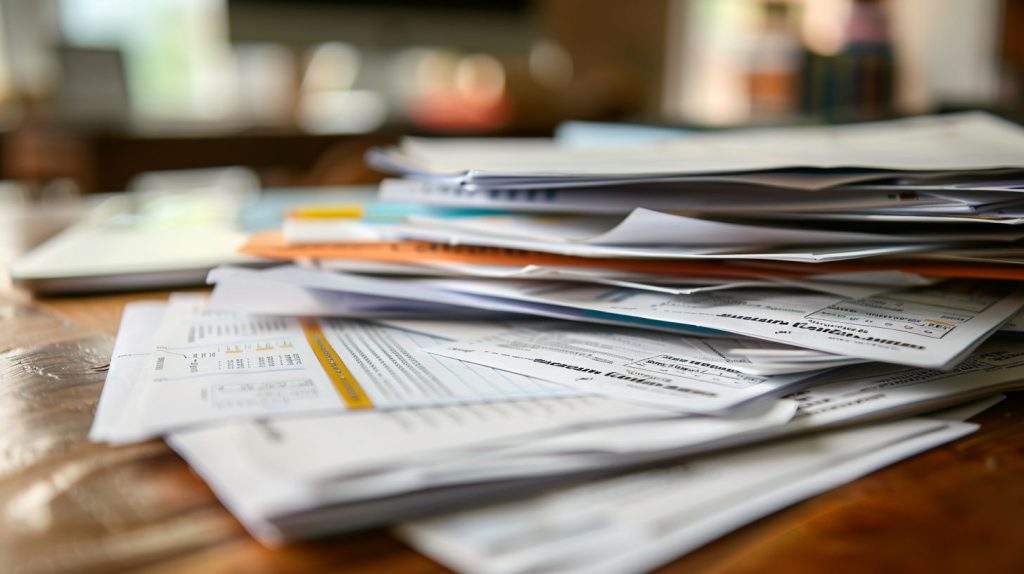Debt relief refers to the reduction of an individuals debt. This process can be used as a means of addressing financial difficulties and promoting economic stability. There are several types of debt relief options, each with their own benefits and drawbacks.
Individual Debt Relief
Debt relief is aimed at helping individuals who struggle with high levels of personal debt. This can be achieved through debt management programs, debt consolidation loans, consumer proposals, bankruptcy and debt settlement.
Debt management programs help individuals to reorganize their debts and create a manageable payment plan. This often involves working with a financial advisor or debt counsellor to create a budget and develop a strategy for paying off debts.
Debt consolidation loans are used to combine multiple high-interest debts into one lower interest loan. This can make it easier to manage payments and pay off debts more quickly.
Debt settlement involves negotiating with creditors to reduce the total amount of debt owed. This process can be complex and may have negative impacts on an individual’s credit score.
Pros and Cons of Debt Relief
Debt relief can have both a positive and negative impact on an individuals. On the one hand, it can provide much-needed relief for those struggling with high levels of debt. It can also help to promote economic stability by reducing the burden of debt on countries.
On the other hand, debt relief can also have negative affects. For example, debt relief can be seen as a sign of financial weakness and may reduce the ability to access credit after you have completed your debt relief program. Additionally, debt relief programs can be difficult to handle and may not always provide the best results.
Essentially, debt relief can be complicated and requires careful consideration of both the pro’s and con’s. While it can provide the financial relief individuals are looking for, it’s important to approach any debt relief program with caution and to carefully consider the potential consequences.









